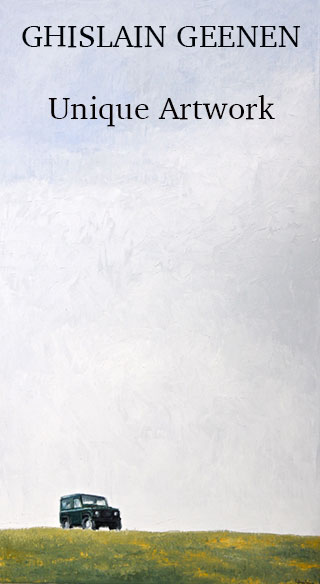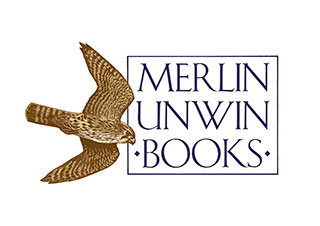Gunmakers have long touted their connections to royalty. Even the names they give their guns borrow from it, with old catalogues choc-a-block with ‘Royal’, ‘Regal,’ and ‘Crown’ models.
Indeed, field sports have long been the passion of British monarchs and their families. The New Forest was planted in 1079 as a hunting reserve fro William I, so the king could indulge in his favourite sport of hunting deer.
Perhaps inadvertently, these royal hunting habits laid the foundations for the conservation of the environment at the expense of the needs of agriculture and human habitation.
Ancient kings valued forests teeming with deer at a time when, if left un-checked, the old story of habitat loss and poaching could quite easily have sent the native deer species the same way as the lynx, boar and wolf, all of which were extinct in mainland Britain by around 1700.
Instead, they have maintained some fabulous habitat, which has provided hunting and shooting grounds for generations of royal sportsmen from William the Conqueror to William, our future King.
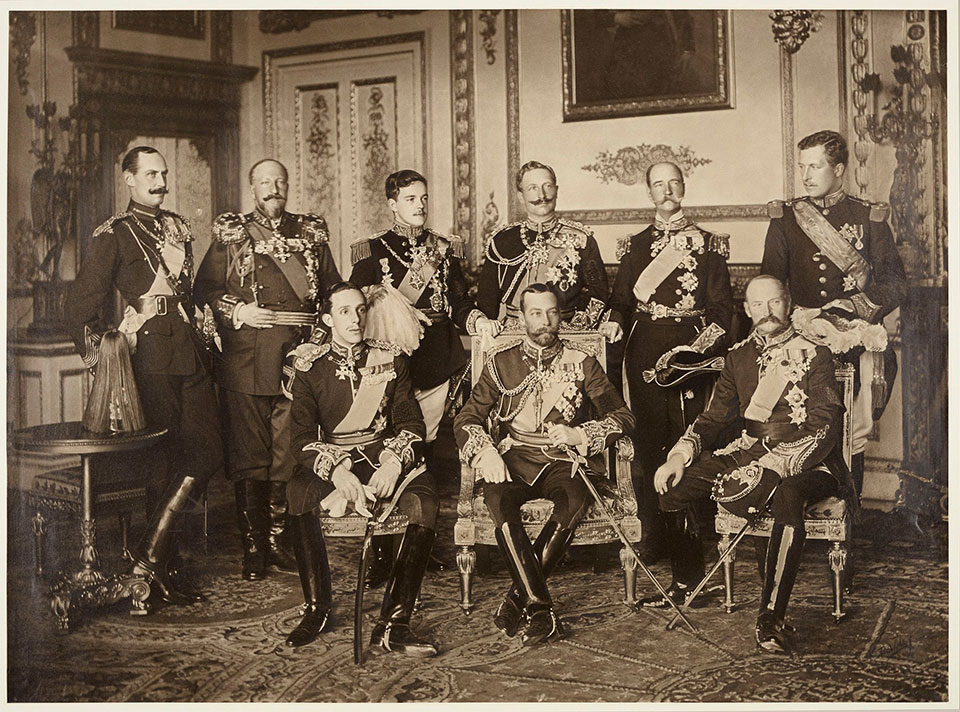
In between, shooting-obsessed monarchies the world over have been customers of our best gun and rifle makers, seeking the very finest sporting kit with which to engage their preferred quarry.
If we were to construct a historic line of 'Royal Guns' to form an all-star shooting team, it might look like this:
1. Maharajah Duleep Singh & Sons
The resident of Elvedon on the Norfolk/Suffolk border, The last king of the Sikhs was brought to England as a fifteen-year-old. His sons Victor and Frederick were both fine shots and took part in shooting the record bag of 10,807 partridges and 5,771 pheasants at Highclere in 1895.
The maharajah himself held the record for shooting grouse over dogs at his Scottish estate Grandtully. The family all owned Purdeys, Prince Victor being gifted his pair of hammer guns at the age of fifteen.
2. The Maharajah of Patiala.
Born in 1891, in the Punjab, he became a fierce supporter of the Raj and a great sportsman. He visited Britian to shoot grouse in Scotland and driven pheasant and partridge in Norfolk, as well as being a keen stalker, once ordering 250 rounds of .318 ammunition for a stag shooting holiday!
He was described as ‘a rather quick shot and therefore may require a larger number of cartridges than is usual” by an agent ordering for him. His Westley Richards bill in 1925 was almost six thousand pounds, hinting at his passion for buying guns and shooting.
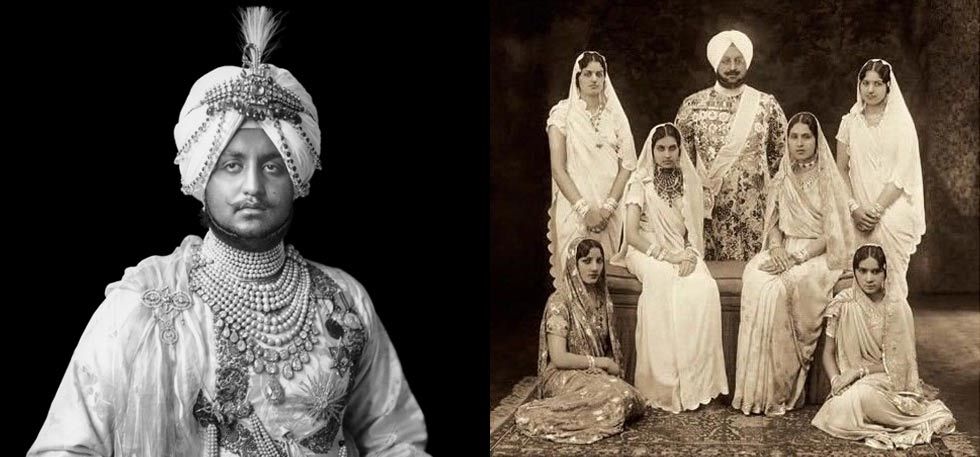
3. King Edward VII
‘Bertie’ or ‘Tum Tum’ as he was variously called, Prince Albert Edward was at the centre of the social shooting scene during the heyday of the sport. He was an avid sportsman, who owned guns by Westley Richards, Purdey and Stephen Grant, among others and was a very keen, but not top-rank shot.
However, his enthusiasm for the sport did a great deal to cement its popularity at the very highest levels of society.”You did indeed but pray don’t trouble yourself about it” was the withering remark he once made to a companion who suggested he may have shot some of the King’s birds at Sandringham.
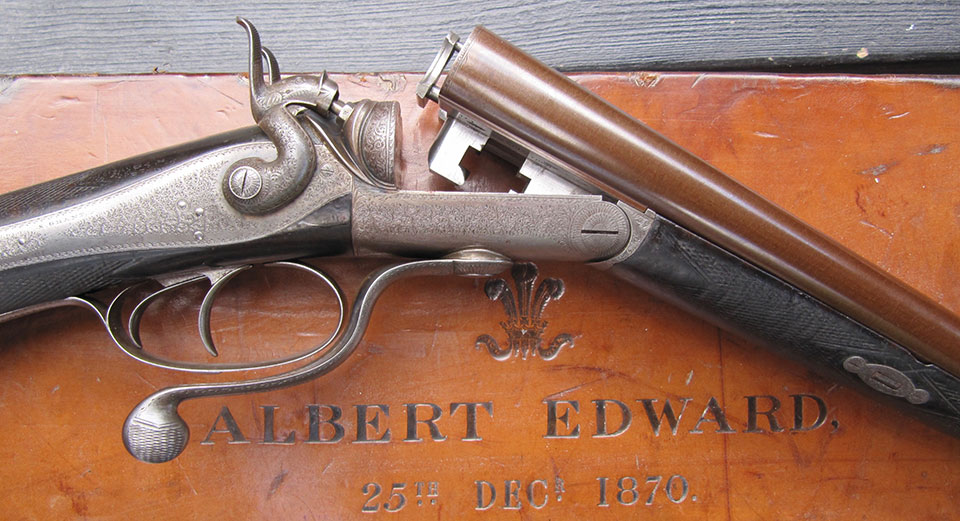
4. King George V
Edward VII’s son was a better shot than his father, once ranked in the top six in the country. He had a strange style of shooting, holding his front arm straight down the barrel, which may have helped him find incomers and straight away birds but is prone to impeding your swing to the right.
King George was one of several top Shots of the age to forego the supposed benefits of hammerless guns when they emerged, preferring to shoot his Purdey hammer guns until his death in 1936. He was also a keen big game hunter but only got one real taste, as part of a 1911 hunt organised by the Nepali Prime minister. The king alone shot twenty one tigers and at least two rhino on that shikar, over the course of ten days.
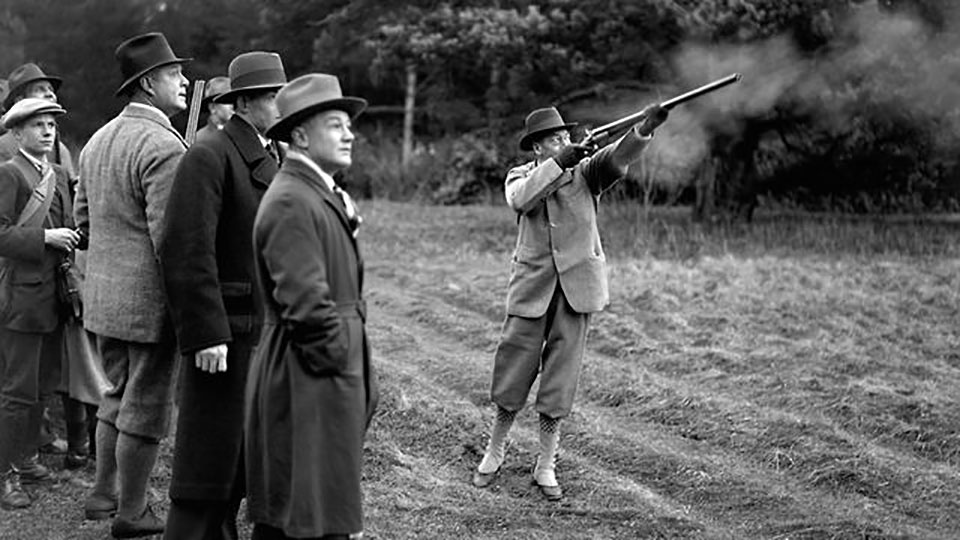
5. King Edward VIII
King George’s eldest son inherited his father’s passion for the outdoors. As Prince Edward, he travelled all over the Empire and made the most of his sporting opportunities, notably in Nepal, and India in 1921 and in East Africa in 1930.
Having bagged numerous specimens of all the dangerous game and demonstrated a cool head and somewhat reckless nature, he was alarmed by the widespread tourist slaughter of Africas game from vehicles and campaigned thereafter to control hunting better and preserve the great hunting areas for future generations. He once wrote in his journal that shooting an elephant ‘seems as unthinkable as to want to hurt an old gentleman from the alms house'.
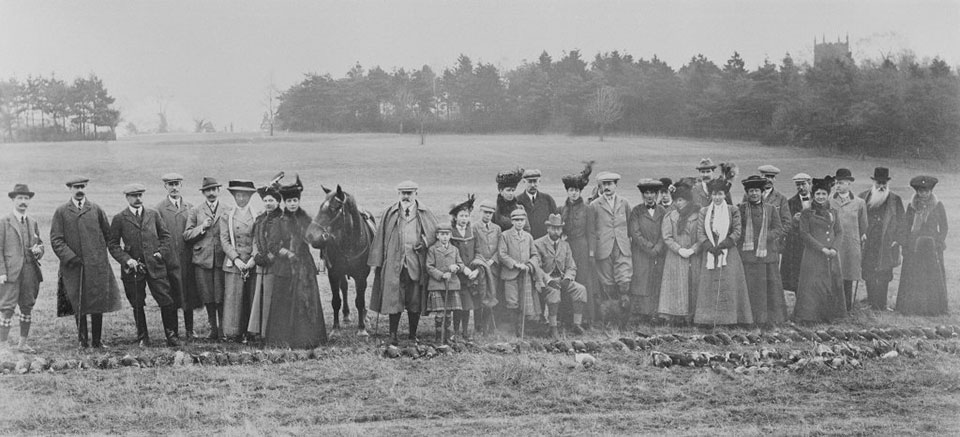
6. Arch Duke Franz-Ferdinand.
His presence on an English pheasant shoot once came close to averting the First World War, when he was almost shot by accident. Like many European sportsmen, he frequented British gunmakers. Among his battery was a pair of Stephen Grant 16-bore hammer ejectors, unusually, with Jones under-lever operation.
He was apparently an accomplished shot. The story of his short-lived escape from death relates to an episode at Welbeck in December 1913, when one of his loaders fell over in the snow and discharged a gun, both barrels loosing their load within a few feet of the Arch Duke’s head.

7. Kaiser Wilhelm II
A gifted shot, Wilhelm won prizes for his rifle shooting. a cousin of King Edward VII, he was an occasional, but unpopular, guest at Sandringham before the Great War.The two men did not get along. However, his most notable exploit was as the target, rather than the shooter.
In 1890, while watching Annie Oakley in Buffalo Bill’s Wild West Show, ‘Little Sure Shot’ asked for a volunteer to risk his life by putting a lighted cigarette in his mouth, which she would attempt to shoot out. The Kaiser put up his hand, lit a cigar, placed it in his mouth and Annie coolly blew the ash off with a Colt .45. After Germany started World War One, Oakley wrote and asked the Kaiser for the chance of a second shot. He did not reply.
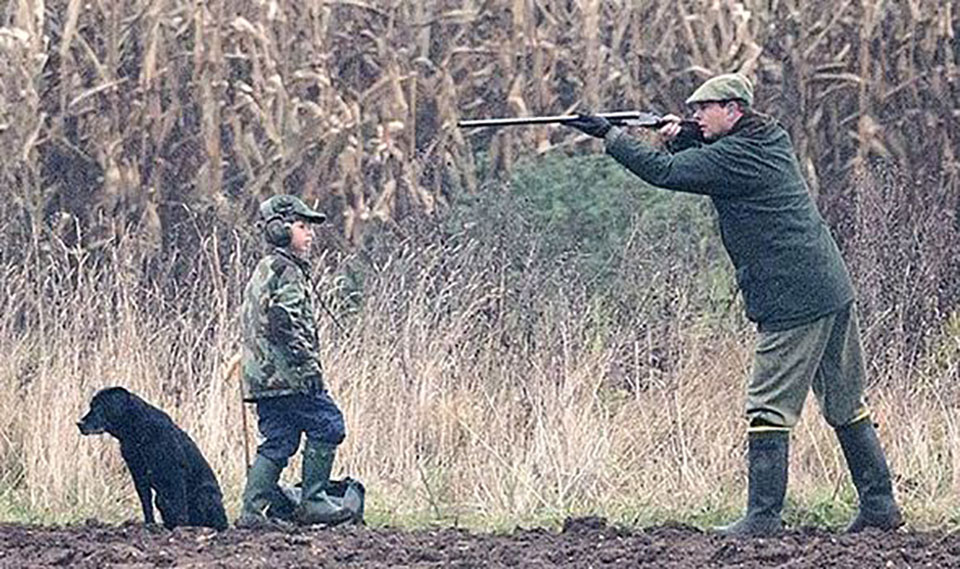
8. The Duke of Sussex.
Prince Harry formed a duo with his brother, which his mother dubbed ‘The Killer Wales’, such was their love of shooting. Also a keen stalker, Harry owned a pair of Purdey stalking rifles, which he sold in 2019 in response to his wife’s disapproval of shooting. He has also missed recent grouse shoots and the traditional Boxing Day pheasant shoot at Sandringham. The current incarnation of Prince Harry might not take his place in the line but five years ago he would have been a top performer. He may yet return to the sport of his youth.
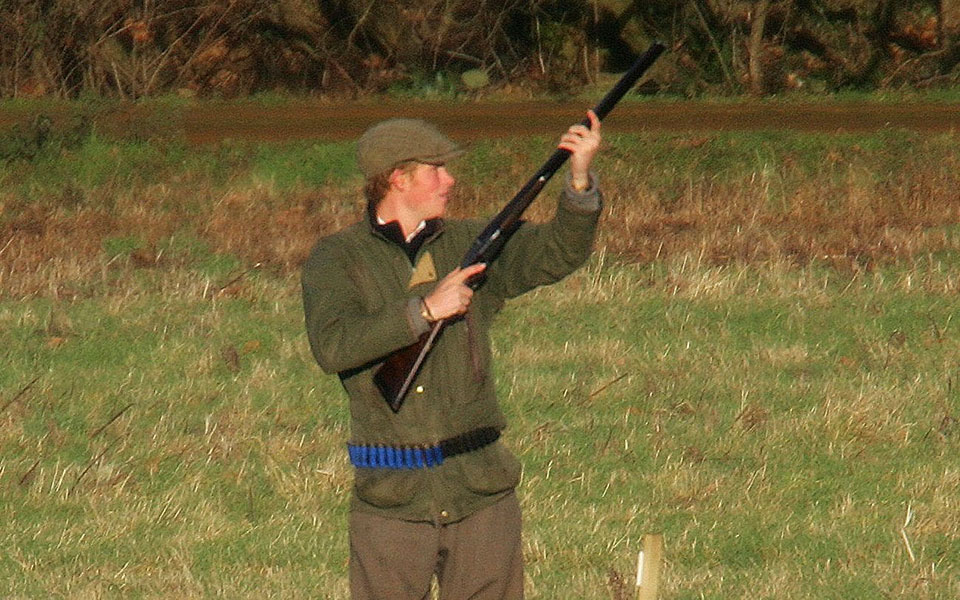
Newspapers and magazines once approvingly reported the exploits the kings and princes of the day in the shooting field with respect and admiration. Today, the press is overwhelmingly negative and aggressive in its attacks on the royals any time their shooting activities are mentioned or witnessed.
The pressure on Prince George will even greater, unless he is afforded the protection his father and uncle were from press intrusion, after the death of Princess Diana.
Will the next generation of royalty be as wedded to field sports as previous generations? Only time will tell.
Published by Vintage Guns Ltd on

